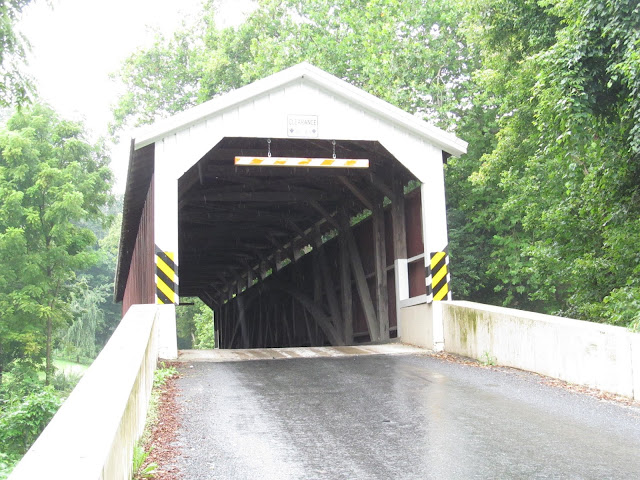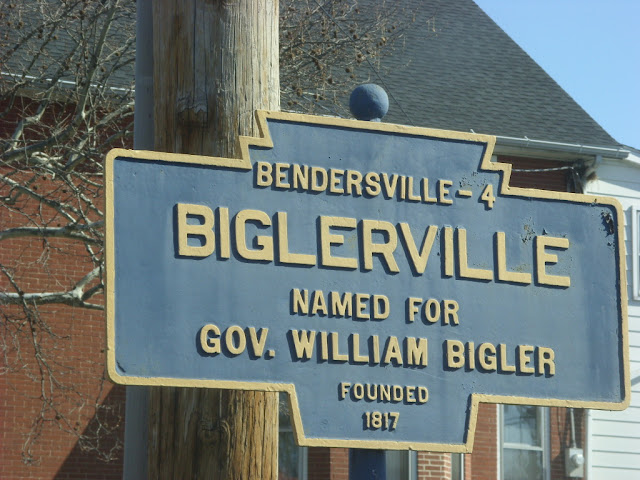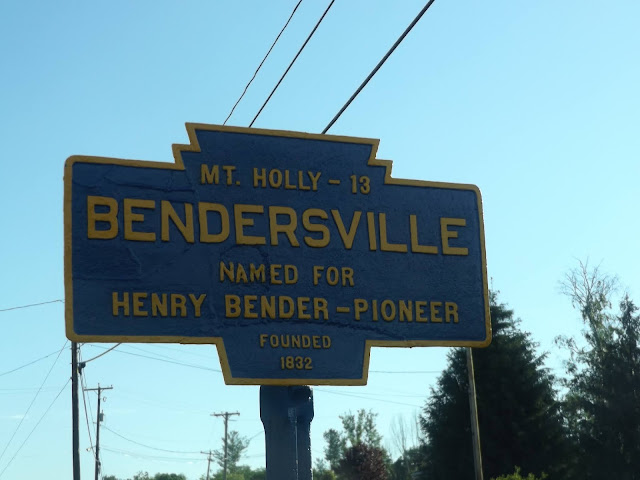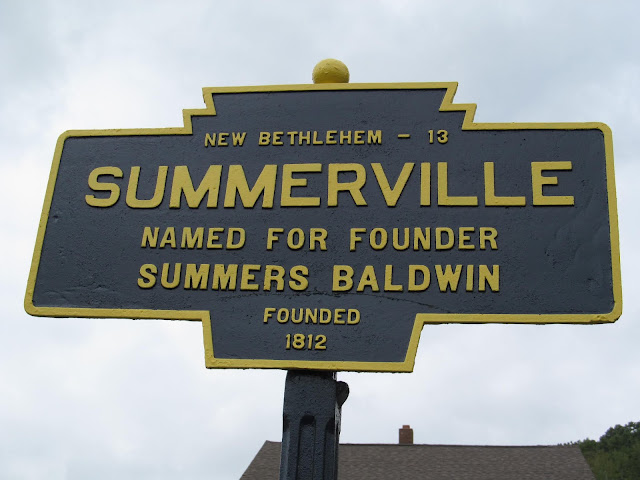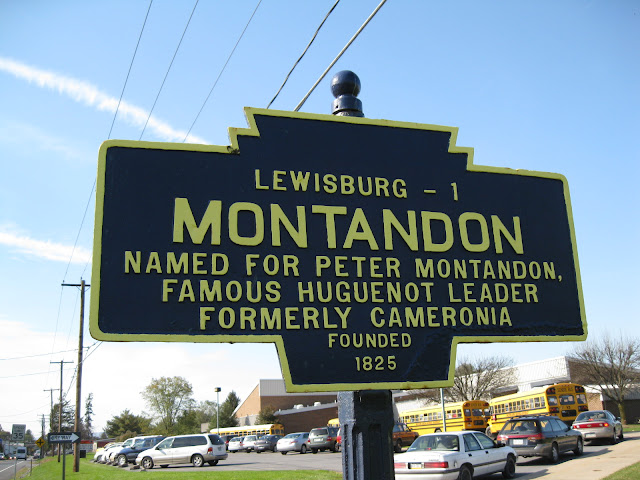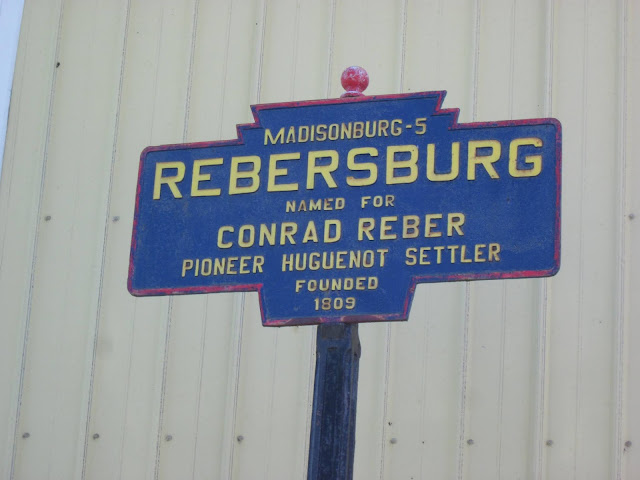Also known as Pequea Bridge #10, the Baumgardner Mill Covered Bridge spans over Lancaster County, Pennsylvania's Pequea Creek on Covered Bridge Road near the town of Marticville. Built in 1860, the 105 foot long covered Burr truss arch designed covered bridge was constructed by Davis Kitch at a cost of $1,284. In 1987, the bridge was restored after it was damaged in a flood from the previous year. During the restoration, which cost $200,000, the covered bridge was raised four feet and lengthened by nine feet to protect it from damage in future floods. As with many covered bridges in Lancaster County, the covered bridge is painted red, but has some white trim. As one might expect, the Baumgardner Mill Covered Bridge is located near a historic mill. The history of the mill is one that is longer than the United States itself. There was a mill that was first built at the location in 1775, then a larger mill was built in its place in 1806. Ownership of the mill changed hands countless...

